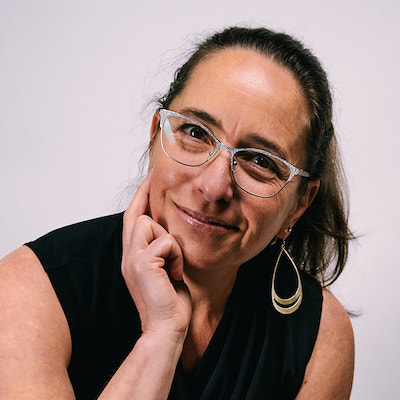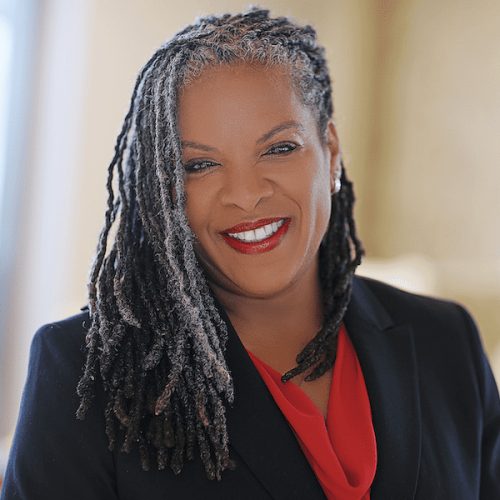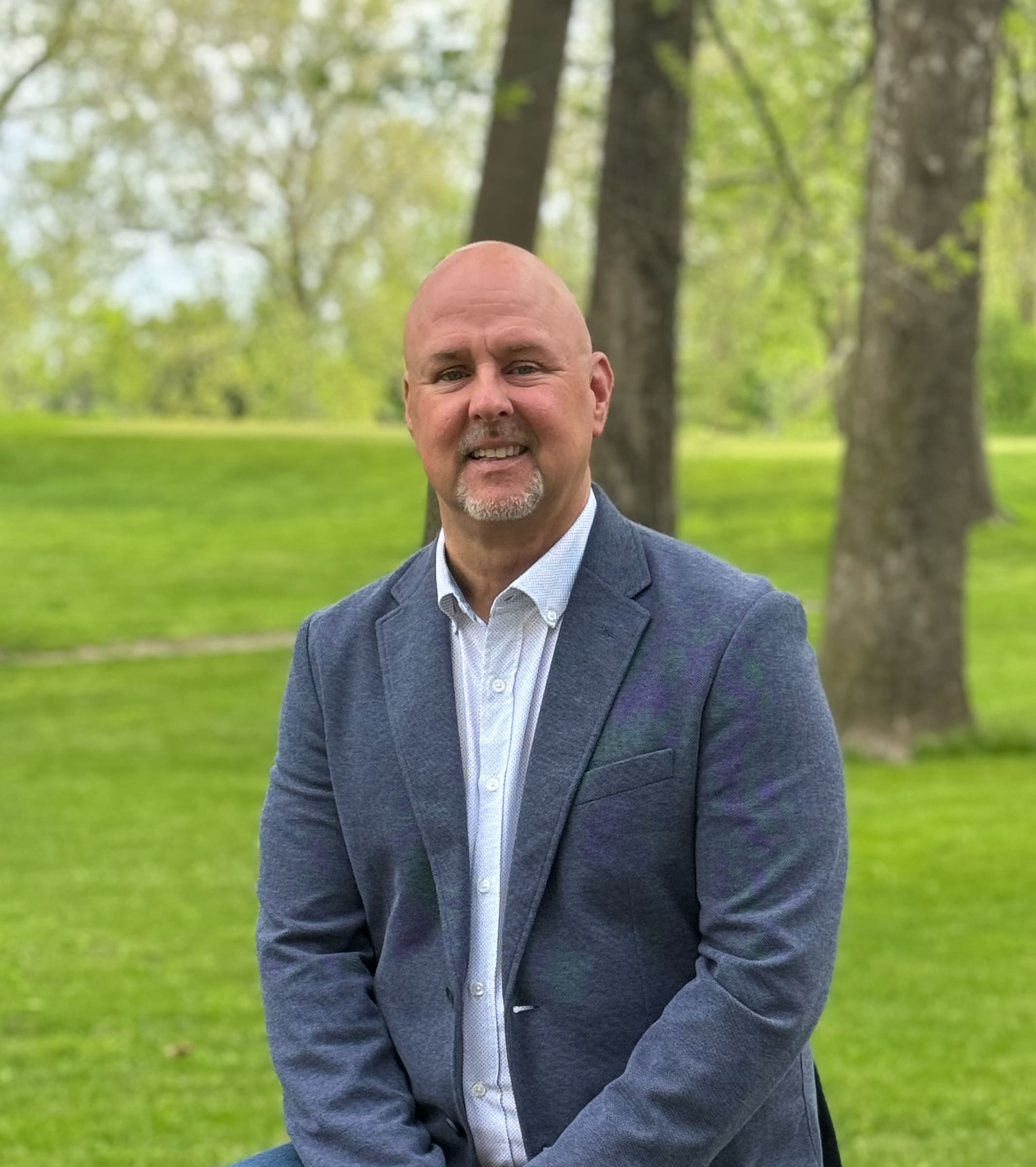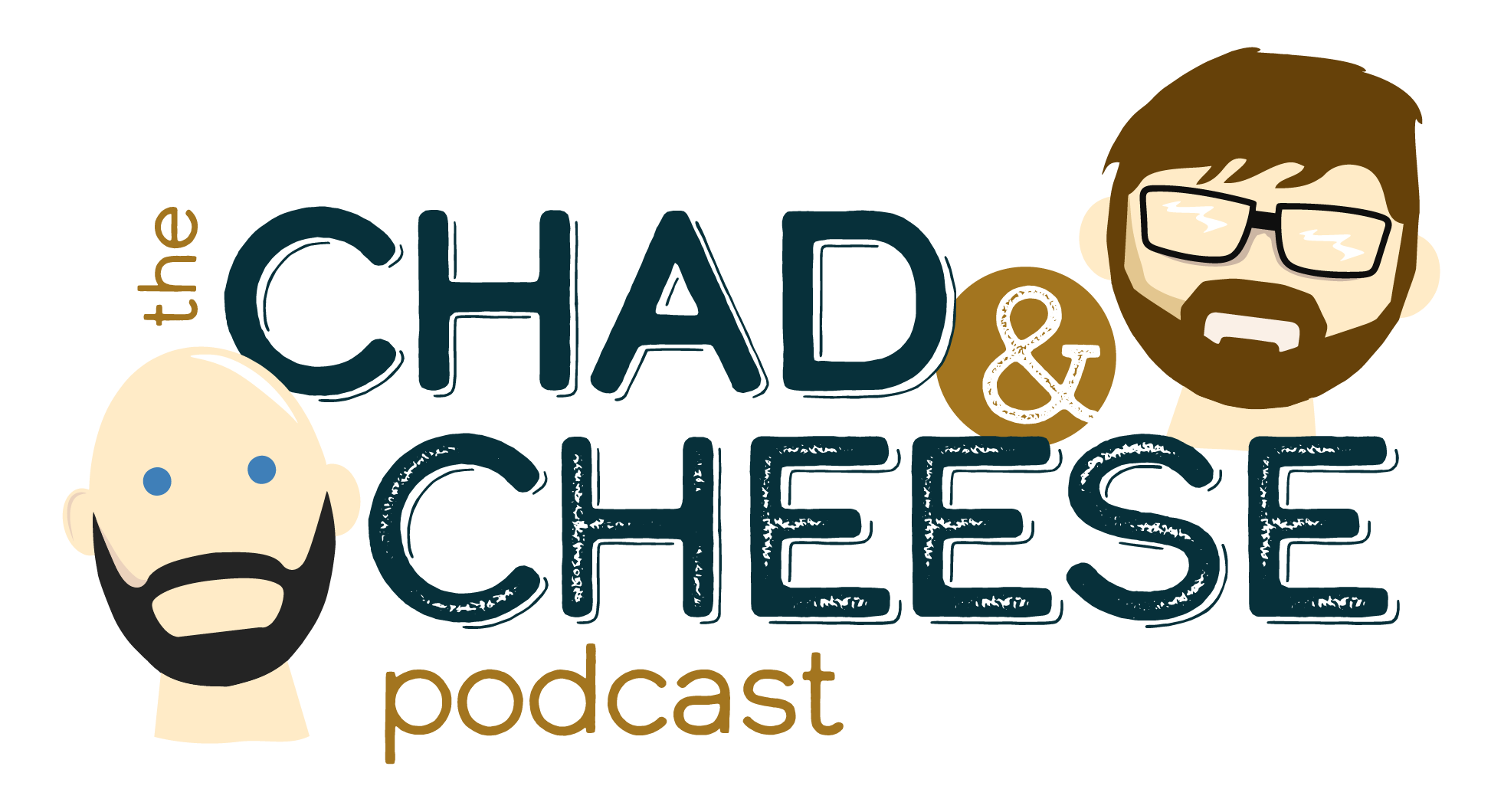Using “Baby Talk” with End of Life Patients
Dear Barbara, Some seniors seem to respond well to baby-talk. Some absolutely hate it. How do you know when to use baby-talk and when not to?
When to use baby-talk while providing adult end of life care? NEVER. I find it hard to imagine anyone “liking” to be talked to as if they were a child. As end of life professionals we have to carefully walk a line. We are in the tenuous position of caring intimately for adult strangers who often do act as children. Here are some of the guidelines I follow to help me address this challenge.
Baby-talking to an adult, no matter the age or mental condition, can be perceived as disrespectful. Use the adage: “When in doubt: don’t.” No matter a person’s physical or mental condition we need to interact with them with dignity. Baby-talk lacks dignity. Along this same line, consider the importance of displaying courtesy and recognizing patient/caregiver boundaries.
My internal guidance tells me to treat all of my patients and their families in the same manner I would want to be treated if the situation were reversed. Tone of voice, rough touch, external conversation beyond the patient (as if they were not there), impatience, hurriedness, and aloofness all negatively affect the dignity of a person.
I saw a nurse walk into my mother’s room, give her a hug, and say, “Aren’t you the cutest thing I’ve ever seen?” It was insincere. She had never met my mother, did not respect her boundaries, and was speaking “down” to her. Our goal is to establish a trusting relationship with patients and their families. How can we do that if it starts out on false premises?
There is difficulty in building Relationships quickly. I find it hard to believe that baby-talk is enjoyed by the caregiver let alone the patient. Maybe it is thought to be a shortcut to create intimacy with a patient, but is it?
It is extremely important to remember boundaries and to keep patient dignity intact. “Do no harm” applies to everyone in the medical profession, actually to everyone in life, and we are doing harm when we are less than respectful when providing care.
Something More about… Using “Baby Talk” with End of Life Patients
For another blog post on the subject of respect for our patients, read Respect! When Caring for the Elderly.
For Education on caring for a loved one facing end of life look at The End of Life Guideline Series
Originally Published on https://bkbooks.com/blogs/something-to-think-about






















